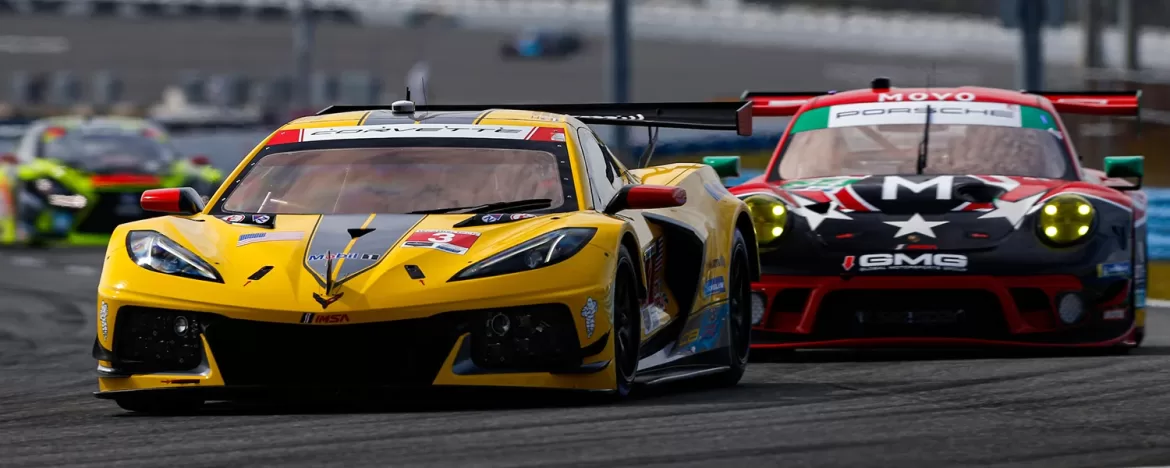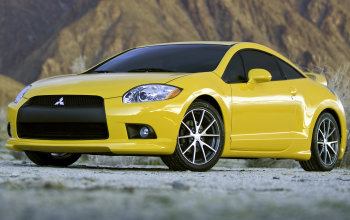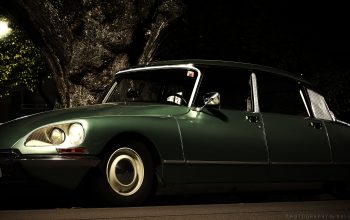Endurance racing has been around for a very long time – since 1923, in fact. After the 1906 Grand Prix at Le Mans, where Hungarian Ferenc Szisz drove for over 12 hours to take victory, the head of the Automobile Club de France, Georges Durand, was paid to create a new race in France and suggested something never done before – a 24-hour endurance race. After creating a 17.2km (10.7 mi) track on public roads, the Le Mans 24 Hour race was born, with André Lagache and René Léonard winning the first event after completing 128 laps in their Chenard-Walcker.
Since then, there have been thousands of endurance races, such as the annual V8 Supercar Bathurst 1000 in Australia, and the 24 Hours of Daytona. To complete these events, there are many different classes of cars that race in their own respective categories and classes. With the virtual 24 Hours of Daytona having just passed, and the real event just under a week away, let’s break down what each of the acronyms stands for.
Also, before we start, this article is full of jargon and acronyms – just a warning before diving in.
Hypercar
The Hypercar class was introduced in 2021 to replace the LMP1 (Le Mans Prototype 1) class and is split into two groups – LMH (Le Mans Hypercar, introduced in 2021), and LMDh (Le Mans Daytona hybrid, introduced in 2022). Hypercars have a wide variety of architectures and can be based either on an existing road car or can be a completely bespoke prototype – with manufacturers having the option of using a hybrid system either at the front or rear of the car – meaning either four-wheel drive or two-wheel drive. However, if teams elect to move to 4WD with the hybrid system, it cannot be deployed at lower speeds, to stop hybrid LMH cars from having a sizeable advantage out of slow corners and wet conditions. Moreover, these hybrid systems cannot contribute more than 200kW, with a total combined output limit of 500kW between the internal combustion engine (ICE) and hybrid system.
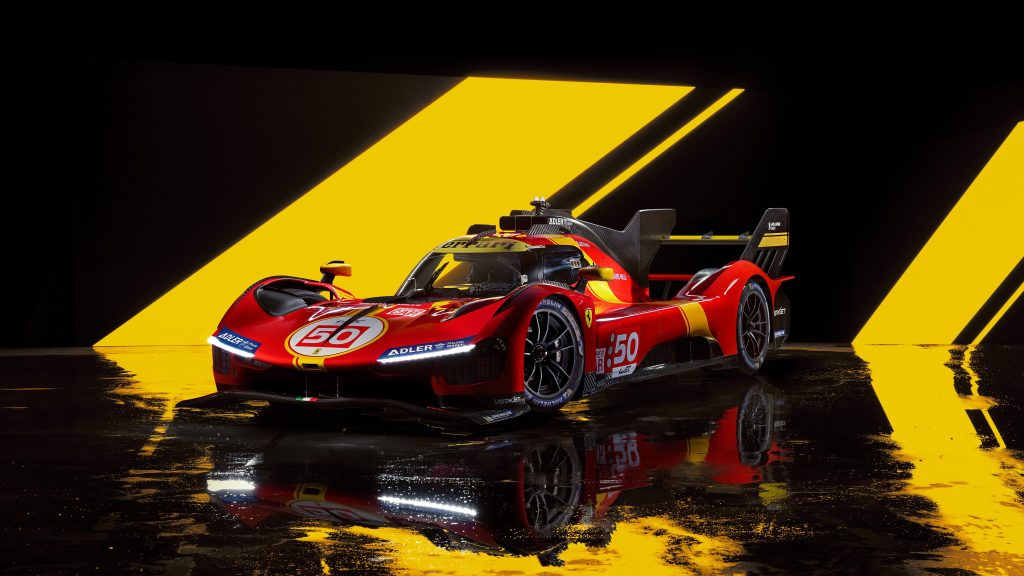
Ferrari 499P LMH 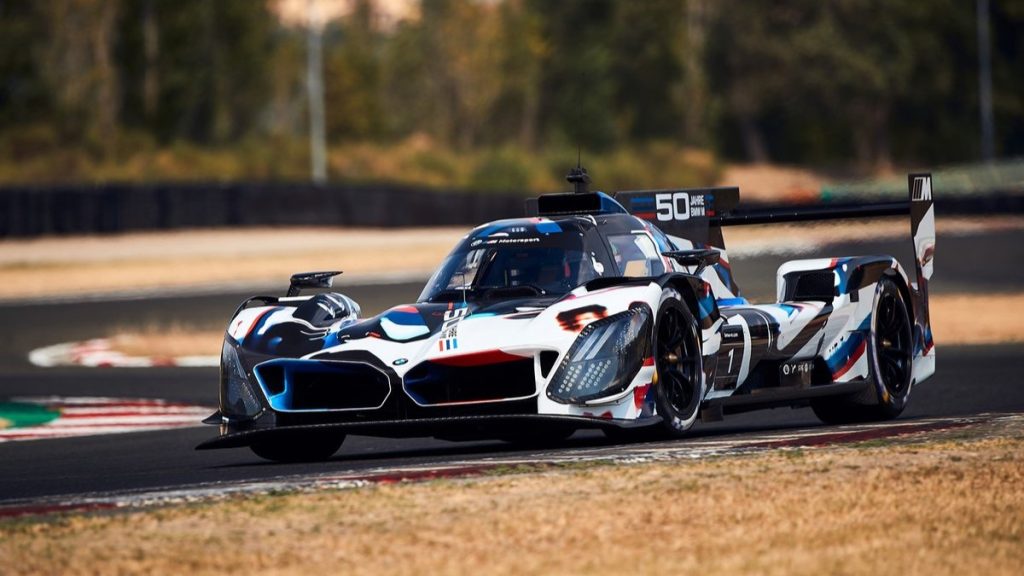
BMW M Hybrid V8 LMDh 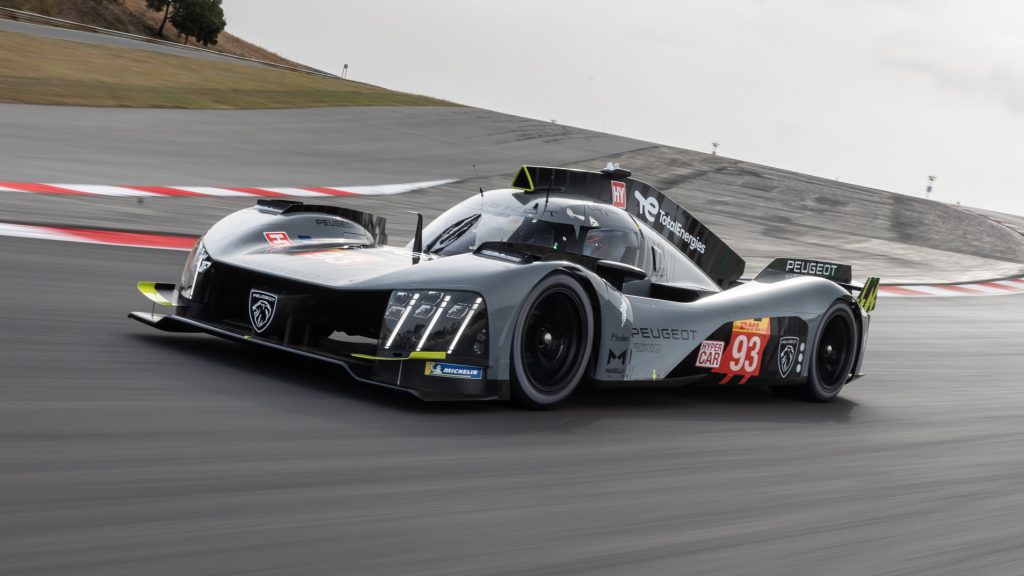
Peugeot 9X8 LMH
Despite one being denoted as Daytona and the other only as Le Mans, the idea is for both categories to compete for outright wins and can both compete in World Endurance Championship (WEC) events and International Motorsports Association (IMSA) events in the USA. However, LMDh is a more cut-price option for competing for outright wins, using an LMP2 chassis from one of four manufacturers – Dallara, Ligier, Multimatic, or Oreca, with a standardised rear hybrid axle and gearbox developed by Bosch, Williams Advanced Engineering and Xtrac. The petrol engine must make up 470kW (630hp) of the 500kW cap, while both LMH and LMDh must have a minimum weight of 1,030kg. Currently, 6 teams contest LMH – Vanwall, Toyota Gazoo Racing, Scuderia Glickenhaus, Peugeot TotalEnergies, Ferrari, and Alpine ELF, while 5 others currently compete or are set to compete in LMDh – BMW, Porsche, Cadillac, Lamborghini, and Acura.
LMP2 / LMP3
Based upon the same chassis from Dallara, Ligier, Oreca, and Multimatic, LMP2 cars (Le Mans Prototype 2) are closed-cockpit (in line with the Hypercar class) prototype cars. However, unlike LMH and LMDh, the engine is the same for every team – the Gibson GK428 V8, which produces 418kW (560hp). This year, all teams are using Oreca 07s, and while Alpine is using the A470, it is technically identical to the Oreca. Last year, 26 of the 27 LMP2 cars on the grid of the 24 Hours of Le Mans were Oreca 07s.
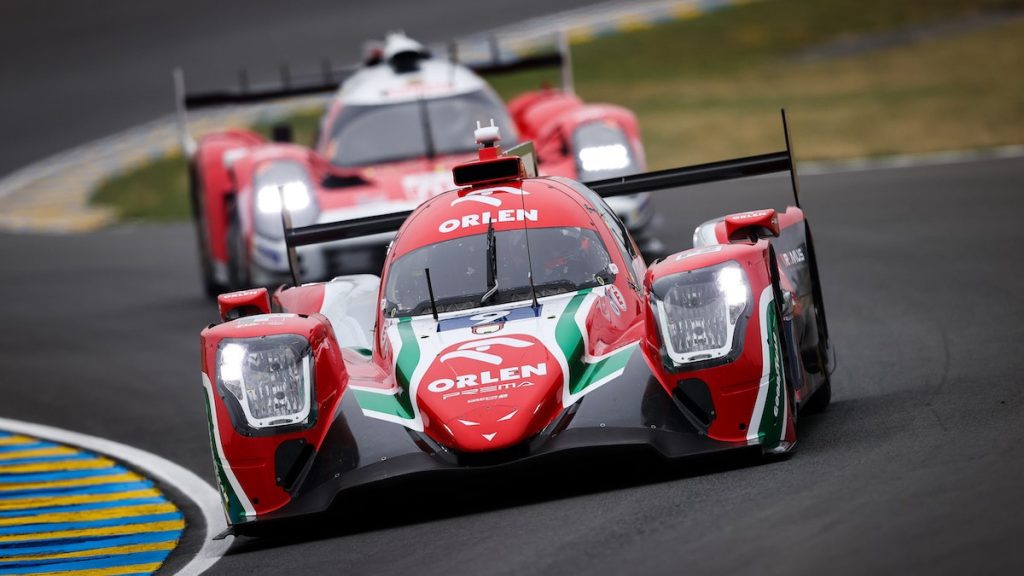
Whilst visually similar, LMP3 cars (Le Mans Prototype 3) are only 100mm shorter and are powered by a less-powerful 5.6L Nissan V8 which produces 343kW (460hp). The key differences are in construction, however. LMP2 cars utilise a full carbon-fibre monocoque, whilst LMP3 cars are built with a combination of a carbon-fibre tub and a tubular steel roll structure. Moreover, LMP2s use carbon brake discs to slow down, while LMP3s use steel discs. Ultimately, these changes result in LMP3 cars being slower by an average of 16km/h (10mph) and 6.5 seconds slower around a lap of Daytona International Circuit than their LMP2 counterparts. However, there is more variety in chassis suppliers, with the majority of the 2023 grid using Ligier’s JS P320, and others electing to use the Duqueine D-08.
GTD
The final category for the 24 Hours of Daytona, GT Daytona cars, are built to standard FIA GT3 technical regulations. As with Hypercar, GTD has been split into two categories – GTD Pro and GTD, with no limit on how skilled and experienced a GTD Pro driver can be, while GTD has an outright ban on more than 1 Platinum driver (the top of the pile – drivers like Fernando Alonso, who hold an F1 Super License) per team, which also must have at least one Bronze (entry-level) or Silver (more talented than Bronze but not quite at the level of a pro) driver.
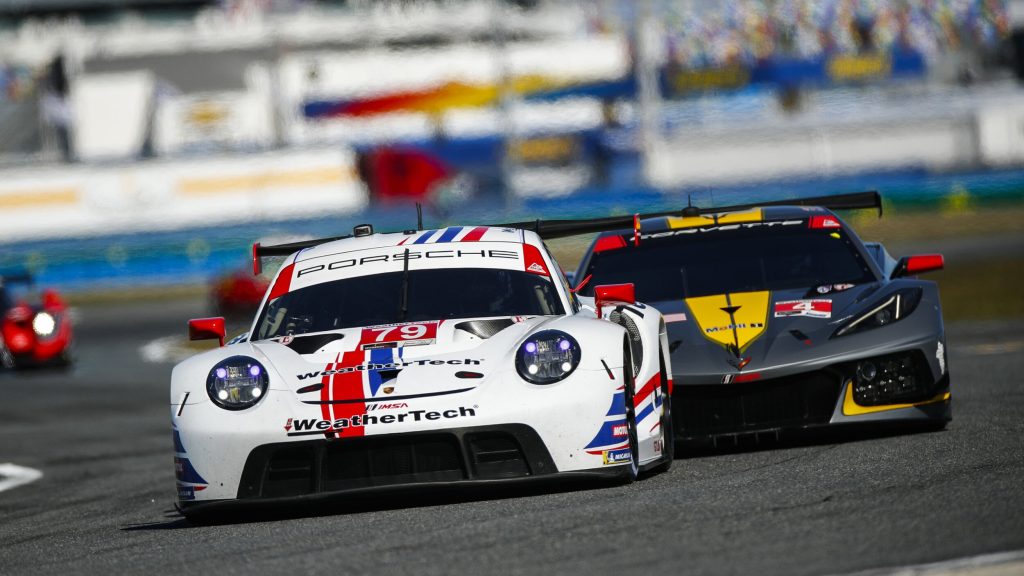
Hopefully, this has been an effective beginner’s guide to this weekend’s 24 Hours of Daytona. Enjoy the action.

